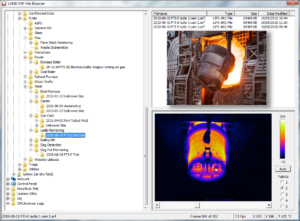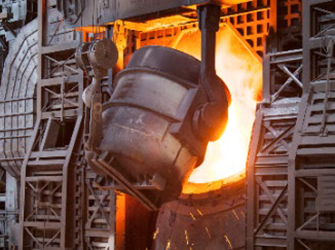
One of the world’s leading integrated steel and mining companies uses gigantic industrial ladles to transport hundreds of tons of molten steel each day within its facility. Due to the extreme heat of the liquid metal, these vessels are prone to damage and break-outs.
This creates significant concerns around safety risks for personnel working within the facility, as well the potential risk of significant damage to the plant.
THE NEED
The client required a solution to help manage the risk. The existing method relied solely on human judgement using on-the-job experience as a method of determining wear and stress of each ladle.
But in the wake of the more senior personnel preparing for retirement, junior employees lacked the experience necessary to make these critical judgements.
The operators needed a system that enabled them to evaluate the structural integrity of the ladles.
THE SOLUTION
Wajax’s solution introduced new, state-of-the-art technology to enable the client to shift away from relying on human judgment to assess risk.
To ensure long-term safety and efficiency, Wajax implemented an AMETEK Land system to help prevent possible breakouts. The system feeds data from multiple thermal imaging cameras into a software system that enabled early detection of hotspots.
 Not only does this thermal data provide operators with critical information on the safety of each ladle in real-time, but it can also help determine maintenance strategies that extend the life of refractory linings and equipment.
Not only does this thermal data provide operators with critical information on the safety of each ladle in real-time, but it can also help determine maintenance strategies that extend the life of refractory linings and equipment.
THE IMPACT
With more accurate and timely information, Wajax was able to help elevate both the safety and operational efficiency of the plant. The client was able to successfully improve the safety of the facility by mitigating risks and preventing break-outs and extend the life of its equipment.
In addition, the company’s solution enabled operators at all levels of experience to be able to assess when potential risks were possible and take steps to address them.
This white paper was contributed by Wajax.
Print this page
